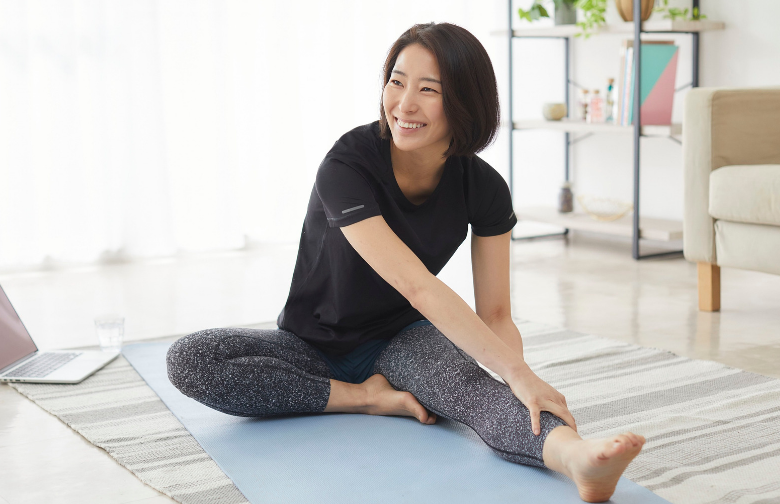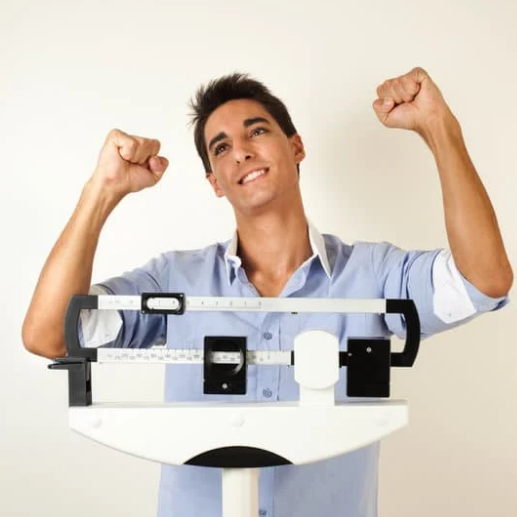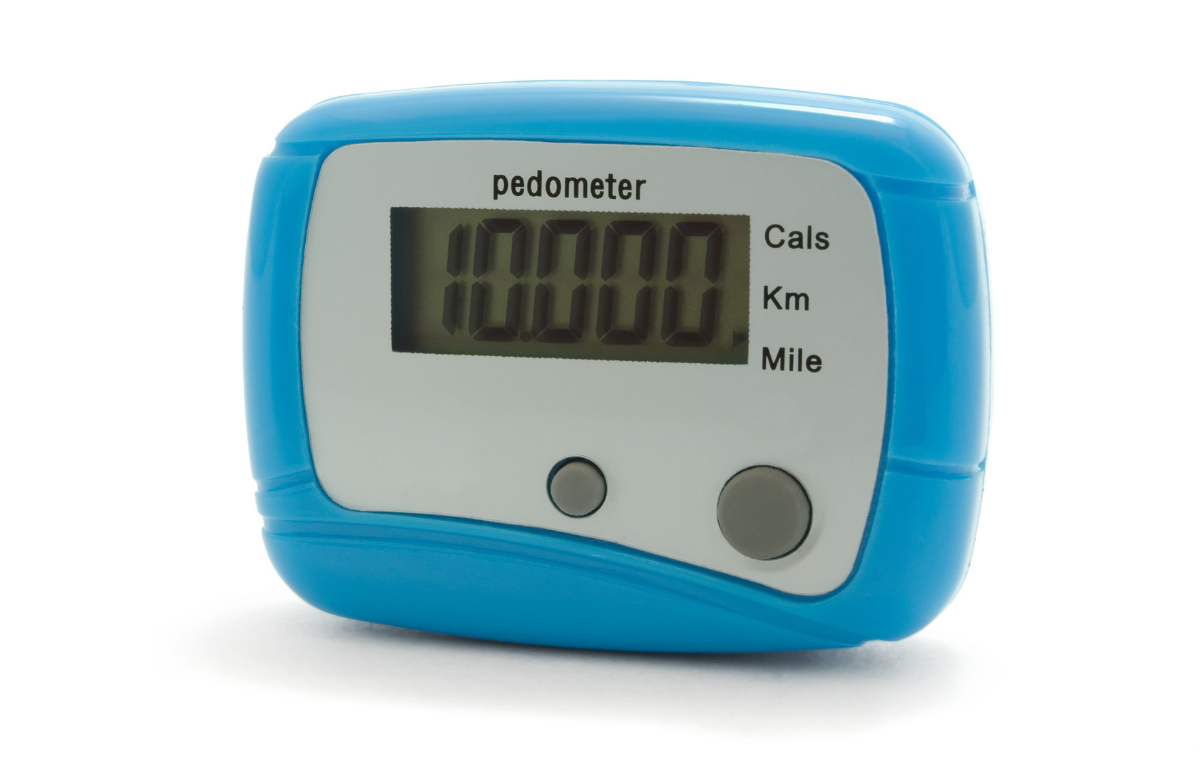So, you've decided to embark on a weight-loss journey. How will you track your progress? For many, the answer is "before" and "after" shots. After all, humans are visual creatures, and there's nothing better than photographic evidence of far you've come.
Before-and-after photos aren't just any old pictures, though. If you want to accurately capture your progress, there's a right way to do it.
There are many reasons to take progress photos. For starters, it's an excellent form of personalized encouragement. "Before-and-after photos capture the little differences that you [might] miss [each day]," says Candace Rhodes, a personal trainer and creator of Rhodes To Strength. For many people, this can fuel the fire of self-motivation.
Laura Fenamore, life coach, body image expert and author of "Skinny, Fat, Perfect: Love Who You See in the Mirror," knows this feeling all too well.
Most importantly, this series of photos shows what numbers can't. "When you're trying to lose weight, sometimes the scale isn't the best measure of your progress," explains Malia Frey, M.A., CPT, CHC, educator and founder of The Daily Diet Tip. "For example, if you're exercising, you may gain muscle and lose fat." As a result, your weight might stay the same as your body changes.
In the end, before-and-after photos mean something different for each person. Whatever it is for you, embrace it—it's beginning of something good.
Feeling nervous? That's Okay.
If you want to take
First, pat yourself on the back. "Give yourself credit for being brave enough to walk through the weight-loss process with courage," encourages Frey. "No one likes to confront parts of themselves that need improvement, but if you take the time and effort to photograph yourself, it shows real personal investment." She adds that this drastically improves your chances of success.
As you take that first shot, consider this message from Rhodes: "Where you are in the [start of] your weight-loss journey is the perfect place to be. It's all positive from here on out, because you can only improve."
Better Before-and-After Photos
These days, it's easy to take photos with your smartphone or camera. Don't worry if your shots don't look like they're out of a magazine, though—as long as they're clear and in focus, you're off to a great start.
From there, it's about how you take the photos. To start, be sure that you're setting yourself up for success with the right camera configuration:
- Use indoor light. Natural light might be less harsh, but it constantly changes. Indoor light is consistent and easy to control.
- Take vertical photos. This allows you to take a detailed photo that includes your entire body, from your head to your toes.
- Use a tripod and self-timer. If you don't have a tripod, carefully stack books on a table. Repeat this set-up each time.
1. Choose Equal Intervals
Consider the length of time in between photo shoots.
If you take photos at random intervals, it'll be tough to pinpoint changes within a certain time frame. Photos that are taken too close to each other, such as every week, won't show much difference. On the other hand, if you wait too long, you'll miss significant changes.
Let's say you're gearing up for a 90-day program. You can take photos on Day one, 30, 60 and 90. If you decide to keep going, you can continue to take pictures every 30 days.
2. Pick a Time of Day
Timing is incredibly important. When you take a photo, do it at the same time each day. This will add another level of consistency to your visual records.
Specifically, take photos in the morning before you eat or drink anything. "Certain foods can cause bloating, and you don't want that to influence your [pictures]," explains Frey. Plus, by taking pictures first thing in the morning, you can do it as you get ready for the day.
3. Use the Same Poses
Your pose can show (or hide) your results. To take the best photos possible, it's important to be mindful of your posture and stance.
To start, stand up straight and avoid slouching. Keep your arms at your side and look straight ahead. If you'd like, repeat the same shot while flexing. And don't forget to smile!
Otherwise, Rhodes shares that there are two basic poses: a frontal shot and a side shot. You can also take a back shot
For a more detailed approach, try this recommendation from Frey. "Use the same technique used by some medical professionals: Place a
You can keep it basic or use the clock method—it's up to you. Regardless of your choice, keep it consistent so you can easily identify the most noteworthy changes.
4. Wear the Same Clothes
Another way to capture progress is to wear the same clothes in each photo. If this isn't possible, choose something similar.
Wear clothes that show your body. According to Rhodes, this means a bikini or underwear and bra for women, and shorts and no shirt for men.
If you're not comfortable posing in these outfits, you can also wear form-fitting workout gear like
Where will you see changes first?
The answer is different for everyone. The most noticeable changes depend on your eating habits, exercise routine and how one affects the other.
For instance, if only you improve your eating habits, Frey shares that it's not unusual to see changes in the belly area. This may reflect anything from fat loss to a reduction in bloating or water weight.
Alternatively, if you don't change your eating
If you're not sure what to look for, team up with a personal trainer and a dietitian. They can personalize your approach and explain where you may see changes first.
Should you share before-and-after photos on social media?
This is up to you—and only you. For some people, posting pictures is a fun way to update loved ones, create a digital "scrapbook" and connect with others who have similar goals. Frey adds that it can also encourage accountability, especially if you have an online support group.
Yet, don't forget to acknowledge the nature of the internet. "Depending on your privacy settings and social media outlet, you may be giving the entire World Wide Web an invitation to view your images," says Frey. "You also open yourself to harmful criticism—intentional and unintentional."
In short, it's all about your comfort level. You're not obligated to post before-and-after photos. Moreover, the choice to keep your photos private doesn't negate the success of your journey.
No matter your goals, taking before-and-after photos







.png)





